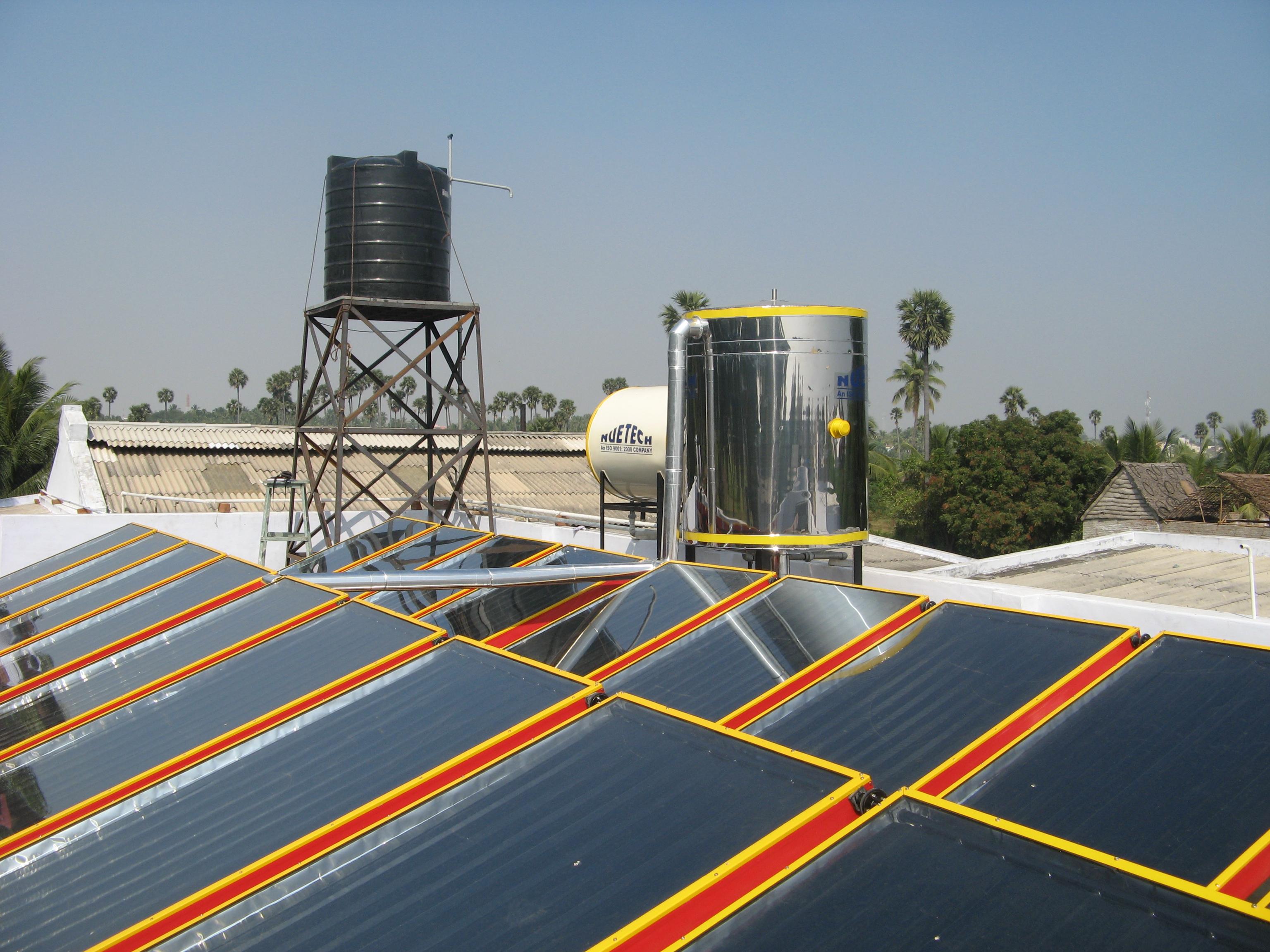A framework for Climate Responsibility
For over two decades, The CarbonNeutral Protocol has played a critical role in enabling organizations to make claims about their climate strategies and programs. The Protocol provides a clear, credible and transparent framework for climate-related programs and a certification logo to demonstrate when that framework is adopted.
The CarbonNeutral Protocol was developed to ensure that corporates taking action ahead of regulatory requirements are able to report those in a way that recognizes their ambition. This 2025 version of The CarbonNeutral Protocol continues our process of annual revisions to embrace and promote evolving best practice.
We are pleased to present this 2025 edition of The CarbonNeutral Protocol. First developed and published in 2002, the Protocol is revised and updated annually to reflect developments in climate science, international policy, standards and business practice. It is an open access standard and guide developed for business, by business that draws together leading independent standards for greenhouse gas (GHG) accounting, target setting, mitigation and disclosure into a practical guide for climate action
It underpins CarbonNeutral® certifications awarded by Climate Impact Partners to organizations that achieve the technical requirements within.
The CarbonNeutral Protocol is designed for:
The CarbonNeutral Protocol has been developed as a set of requirements for organizations to achieve CarbonNeutral certification. As third-party standards are developed, The CarbonNeutral Protocol aims to provide a framework which builds upon the best technical guidance in the market.

Image: Mississippi Valley Reforestation, USA: Carbon finance has helped GreenTrees become the largest reforestation initiative in the United States, working with farmers to plant trees on their land. Photo Copyright of GreenTrees, 2025.
Three principles are the foundation for CarbonNeutral certifications:
These principles guide the development and application of The CarbonNeutral Protocol, particularly when the application of The CarbonNeutral Protocol’s requirements to specific
issues or situations are ambiguous or unclear. When specific circumstances arise where the application of The CarbonNeutral Protocol’s requirements would not align with the intent of the principles, Climate Impact Partners reserves the right to amend the requirements of The CarbonNeutral Protocol to ensure the integrity of CarbonNeutral certification.
High-level requirements for achieving CarbonNeutral® certification are set out in the Core Requirements section of this document. More detailed requirements are set out in the Technical Specifications that follow it. Detailed advice and clarification on selected topics can be found in the subsequent Guidance.
The term “must” is used in this document to indicate a requirement of the Protocol. The term “must not” indicates prohibited actions. The term “should” is used to indicate a recommendation, but not a requirement.
The CarbonNeutral Protocol undergoes an annual development cycle which involves input from multiple stakeholders.
Climate Impact Partners’ Advisory Council1 is consulted on development priorities within the annual revision cycle. In addition, we consult with certified companies, our assessment partners, and other sustainability leaders and environmental NGOs. Climate Impact Partners also invites and encourages input from clients and others with an interest in carbon neutrality. Suggestions for development priorities for subsequent versions of The CarbonNeutral Protocol should be sent to Climate Impact Partners at business@climateimpact.com.
Based upon our experience and understanding of changing client needs, developments in the market for climate solutions and guidance from our Advisory Council, material changes to The CarbonNeutral Protocol in this 2025 version include:
The CarbonNeutral Protocol is both influenced by and contributes to the evolution of best practices in the areas of measurement and monitoring of GHG emissions and the design and certification of emission mitigation projects. These are critical to The CarbonNeutral Protocol’s evolution and The CarbonNeutral Protocol’s experience of being used as a framework for climate action around the world makes it a key point of reference.
A comparison of the requirements of The CarbonNeutral Protocol alongside main third party claims, certifications and standards is published by Climate Impact Partners in its Climate Action Protocol. Concerning how The CarbonNeutral Protocol relates to other GHG measurement initiatives, The CarbonNeutral Protocol is aligned with the GHG Protocol Corporate Standard (including the separate Guidance on Scope 2 and 3 accounting), the GHG Protocol Product Standard, ISO standards for Life Cycle Assessment and Carbon Footprinting, and the principles of the BSI PAS 2050 standard for products and services.
Concerning how The CarbonNeutral Protocol relates to initiatives around the design and certification of emission mitigation projects, The CarbonNeutral Protocol is both influenced by and contributes to the evolution of: ICROA’s Code of Best Practice; Integrity Council for the Voluntary Carbon Market (IC-VCM).
Concerning how The CarbonNeutral Protocol relates to wider corporate environmental initiatives, the Protocol recognizes the importance of taking action that is appropriate and proportionate to the range and scale of a client’s sustainability impacts. CarbonNeutral® certifications by definition are focused on climate impacts. Clients should assess their material environmental, social, and economic impacts and take action related to these impacts. Clients should use internationally recognized management standards, appropriate to the scale of their impacts, to identify and manage their key impacts. Such management standards include but are not limited to the ISO 14000 and ISO 9000 series.
Climate Impact Partners is solely responsible for the development and deployment of The CarbonNeutral Protocol as an open access standard. However, we wish to acknowledge and thank our clients, members of our Advisory Council, and the many organizations and individuals that have encouraged, supported and shared their expertise with us during the development of The CarbonNeutral Protocol since it was first launched in 2002.
We could not have done our work without their invaluable help.

Image: Solar Water Heating, India: Carbon finance enables the use of solar technology to meet the energy needs of a growing population while promoting low carbon development.
The CarbonNeutral Protocol is a technical framework for achieving CarbonNeutral® certification, privately developed by Climate Impact Partners. It aims at helping organizations understand what is required to achieve CarbonNeutral® certification.
If an organization, product or activity is assessed and considered as meeting the technical criteria set in the CarbonNeutral Protocol, said organization, product or activity will benefit from a personal, revocable, limited license to use the trademark CarbonNeutral® for one year, as further defined in the applicable license agreement.
The CarbonNeutral Protocol provides a framework of best practice measures, supported by principles of conservative estimation, transparency, continuous improvement, pragmatism, impact and immediate action. There are alternative options for corporates to talk about their climate action efforts, which organizations should consider in their decision making and which may be more appropriate for some organizations depending on their individual priorities, the nature of their operations, and their geographical footprint. The Climate Action Protocol provides information and guidance on alternative claims.
The benefits and use of The CarbonNeutral Protocol and the CarbonNeutral® certification are subject to the terms and conditions of agreements entered into between Climate Impact Partners and organizations that are seeking to be certified, which relate to the use of copyright, logos and trademarks owned by Climate Impact Partners, among other matters.
CarbonNeutral® licenses granted are limited in time and subject to annual review and assessment. Certifications that are made in accordance with previous versions of The CarbonNeutral Protocol are not retroactively affected by subsequent changes to The CarbonNeutral Protocol until the end of the contractual certification term. In practice, this means that the version of The CarbonNeutral Protocol applicable to a certification is the version as of the date when the contract for certification of the relevant subject is signed. However, organizations are encouraged to apply the latest version of The CarbonNeutral Protocol.
All communications and branding relating to a client’s CarbonNeutral® certification must be factually based, and consistent with the CarbonNeutral® certification achieved. Climate Impact Partners strongly recommends that organizations regularly seek legal advice to ensure such communications and branding are and continue to be in compliance with all applicable laws and regulations, and meet the evolving expectations of regulatory agencies and consumers.
Following publication of a new version of The CarbonNeutral Protocol, a grace period is permitted for organizations which hold active CarbonNeutral® certification to adapt to new requirements.
The grace period allows for a deferral in incorporating any new requirements introduced in the latest revision to The CarbonNeutral Protocol until the next renewal date of the certification period. The grace period extends until the publication of the subsequent version of The CarbonNeutral Protocol, which is approximately 12 months, and can be applied to certification renewals that begin within this period of time.
The CarbonNeutral Protocol and corresponding certification assess compliance with the technical requirements developed by Climate Impact Partners, as outlined within the relevant version of The CarbonNeutral Protocol.
Achievement of CarbonNeutral® certification means that the subject of the certification is in compliance with technical requirements of The CarbonNeutral Protocol. Continued compliance with the requirements of The CarbonNeutral Protocol for the full certification period is the responsibility of the certified organization.
Achievement of a CarbonNeutral® certification cannot be considered as a validation of the right to make any ESG claims under any jurisdiction and cannot be considered as a legal opinion..The expectations of consumers and the regulatory framework in relation to ESG claims are rapidly evolving. Climate-related claims are increasingly regulated by national and supra-national laws, which may impose additional restrictions, requirements and disclosures beyond the requirements of The CarbonNeutral Protocol and CarbonNeutral® certification. To find out general information about relevant laws and regulations across any jurisdictions please refer to https://www.climateimpact.com/climate-claims-regulation-tracker.
This information is intended as a general resource for guidance purposes only and does not constitute legal advice, nor is it a complete and comprehensive list of all applicable laws and regulations. It is the responsibility of the certified organization to ensure compliance with local laws and regulations.
We strongly recommend that you seek legal advice on a regular basis to ensure that the use The CarbonNeutral® logo as a marketing and claims tool is lawful and permitted.
CarbonNeutral® logo is the proprietary trademark of Climate Impact Partners. The copyright notice displayed in this document indicates when the document was last issued.
The CarbonNeutral Protocol is protected under copyright and cannot be adapted, reproduced, modified, distributed in any way and for any purpose.
© Climate Impact Partners 2024.
Climate Impact Partners is a leader in developing and delivering high-quality, high-impact carbon market solutions for climate action.
For more than 25 years the company has worked with climate-leading businesses to support more than 600 projects which reduce carbon emissions, improve health and livelihoods, and protect and restore biodiversity.
Through its quality-first approach, Climate Impact Partners’ clients are able to achieve ambitious climate targets, meet net zero goals, and deliver real impact
Climate Impact Partners has been recognized in Environmental Finance’s Voluntary Carbon Market Rankings every year since 2011, including winning the Best Offset Retailer twelve times, Best Advisory Service, and Best Project Developer award categories.
